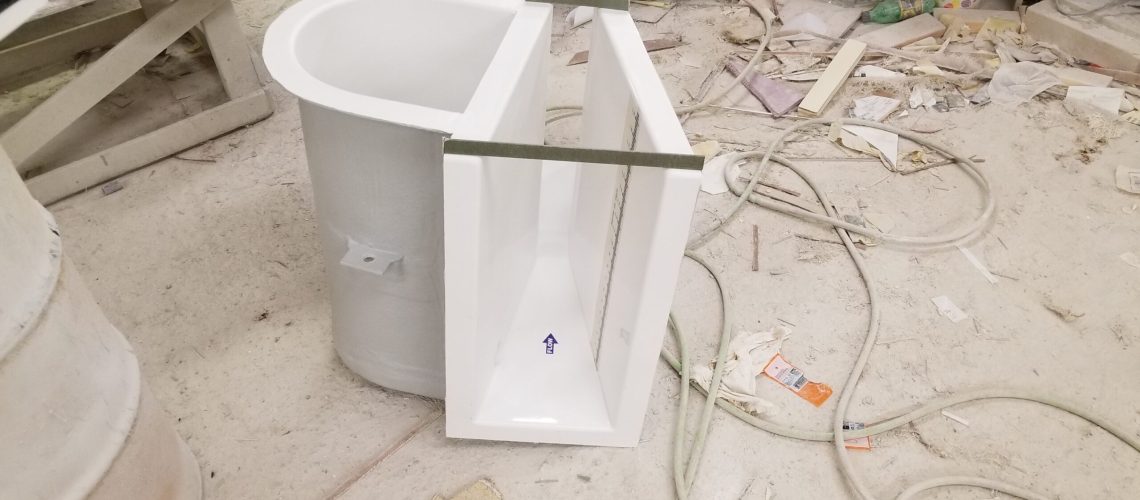Flumes are among the best options when it comes to taking flow rate measurements under open channel conditions. While flumes can certainly be easy to use and accurate, they do require certain conditions to be met first. While it may be possible to rectify these conditional factors during installation, it’s not always feasible. Fortunately, stilling wells may be an adequate solution. Learn about stilling well basics, and discover whether one will work for your flume setup.
What Is a Stilling Well?
Stilling wells are add-ons you can implement into your flume that function as a secondary chamber for a part of the flow. With this extra space, you can limit the poor flow channel conditions that may be present without having to sacrifice the accuracy of your flow rate measurements, provided that everything is installed properly. This minimization of oscillations is also necessary for the mounting of secondary flow meters in many situations.
Stilling Well Types
There are two primary types of stilling wells you can opt for: attached or detached. An attached stilling well is often built directly into the frame of the flume, but this doesn’t have to be the case. As long as it doesn’t have interconnecting tubing, it’s considered attached. This means that a detached stilling well is one that is connected using tubing often set up a short distance away from the flume.
The primary difference between the two types in terms of functionality is that detached flumes will have a lag. This can be a problem sometimes, but making the opening larger is an easy fix most of the time. Keep in mind that certain flume types only allow for detached stilling wells, such as trapezoidal flumes, RBC flumes, or any other type that doesn’t have vertical sidewalls.
Sanitary Flows
One of the most important things to remember about stilling wells is that you cannot use them for sanitary applications. The solids will render the stilling well virtually worthless as they build up on the well’s floor. Even with the constant maintenance necessary to clean out the stilling well, the sheer amount of work required will quickly reach impractical demands.
You may find some leeway in flows with suspended solids, but they’ll still require quite a bit of maintenance if they can’t all simply flow out with the rest of the water. A common solution to them settling in the stilling well is running a pump to pulse water in it, but that’s an extra cost that may not be in the budget.
Cold Weather Flows
Stilling wells can be useful in many situations, but they don’t work well with cold weather flows. Given that these wells still the water within them, cold weather would make the water susceptible to freezing. Ice in the stilling well can alter its functionality, defeating the purpose altogether. While there are solutions to ice in your stilling well, such as electronic immersion heaters or oil layers, they can be expensive and tedious.
Stilling Wells From Tracom
With stilling well basics in mind, all that’s left is finding the right one for your needs. That’s where Tracom can help. Whether you’re looking for a stilling well add-on or a brand new fiberglass flume with a stilling well built in, our experts have got you covered. Contact us today to learn more!



